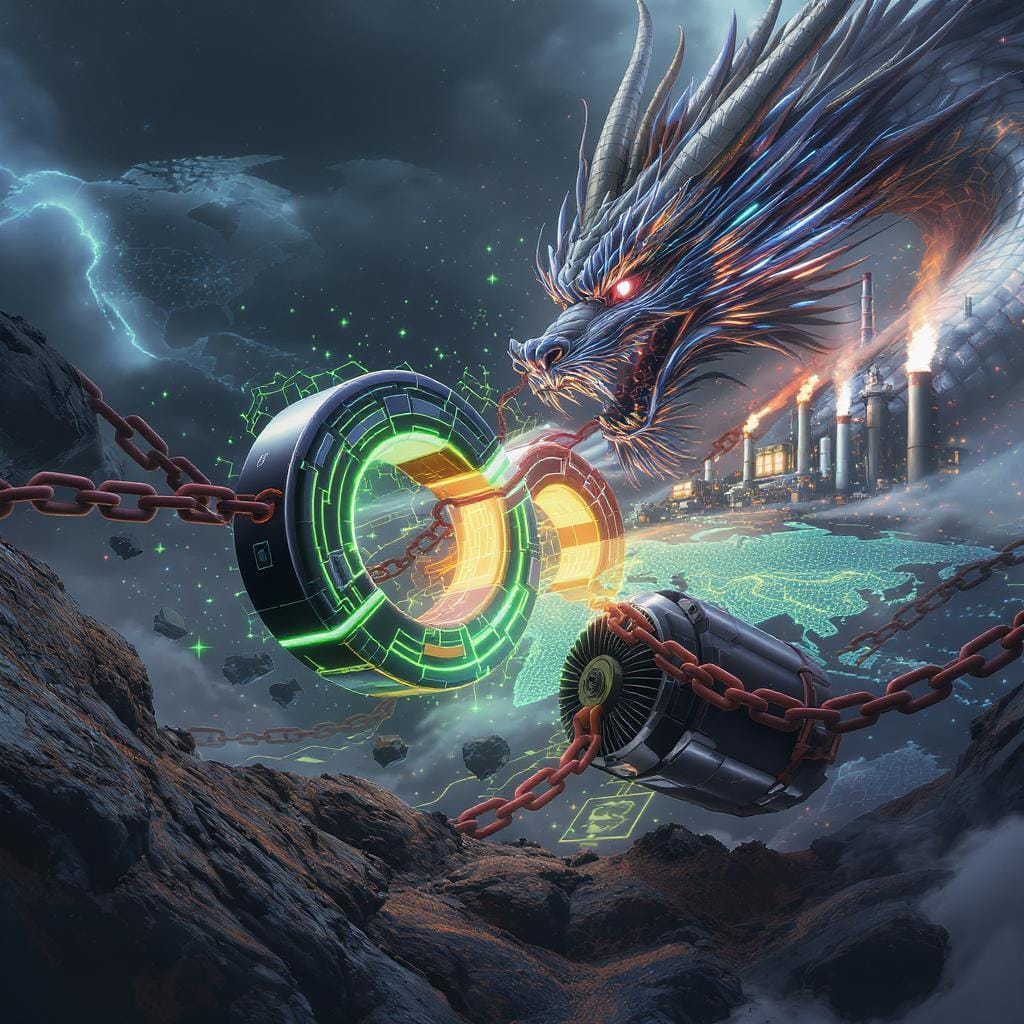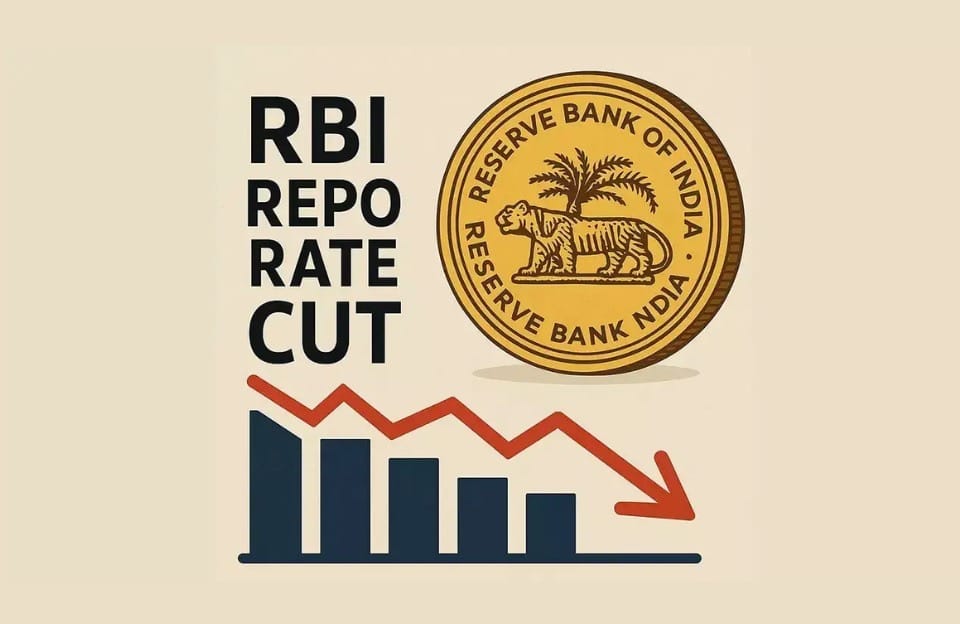India’s Rare Earth Dilemma: Breaking Free from China’s Grip
Rare earth magnets, made from elements like neodymium and dysprosium, are vital for India’s electric vehicle (EV), automotive, renewable energy, and defence industries due to their unmatched strength. Yet, India’s near-total reliance on China, which controls 90% of global magnet production, has exposed vulnerabilities. These curbs threaten India’s manufacturing and highlight the urgency of achieving self-reliance.

Exploring India’s Dependency, China’s Strategic Leverage, and Efforts Toward Independence
In mid-2025, India’s push toward self-reliance in critical materials faces a formidable test, as reliance on Chinese supplies for rare earth magnets threatens key industries like electric vehicles, defense, and renewable energy. These magnets, essential for high-efficiency motors and advanced electronics, highlight a broader vulnerability in global supply chains. This article examines India’s heavy import dependence, China’s calculated use of export controls as geopolitical tools, and the multifaceted strategies India is deploying to cultivate a self-sufficient ecosystem. By leveraging domestic reserves, recycling innovations, and international collaborations, India aims to mitigate risks and secure its technological future, but significant hurdles in processing capabilities and investment remain.
The rare earth sector encompasses 17 elements vital for modern technologies, from neodymium in wind turbines to dysprosium in electric car motors. India’s demand is surging with ambitions for 30% electric vehicle penetration by 2030, yet production lags far behind needs. As global tensions escalate, particularly in trade and resource security, India’s path forward requires urgent acceleration to avoid disruptions that could stall economic momentum.
India’s Dependency on China
India’s reliance on China for rare earth magnets is near-total, with imports reaching 53,748 metric tons in the fiscal year ending March 2025, over 90% sourced from its northern neighbor. Projections for 2025 indicate demand climbing to 700 tons, driven by the electric vehicle sector where each two-wheeler motor requires magnets costing 8,000 to 15,000 rupees. These components are indispensable not only for automotive applications like power steering but also for defense systems, including radar and missile guidance.
China’s control extends from mining 70% of global supplies to refining 90%, creating a bottleneck that leaves India exposed. Recent export curbs implemented in April 2025 have exacerbated this, causing delays in shipments and prompting over 40 Indian firms to seek import licenses—double the number from just weeks prior. Automakers have reported production halts looming by late 2025, with sectors like electronics facing similar strains. The crisis stems from licensing requirements that demand detailed end-user information, introducing opacity and potential for selective enforcement.
This dependency translates to economic vulnerabilities: A 5-8% price hike in magnets could inflate electric scooter costs by 8,000-13,000 rupees, slowing adoption rates and impacting India’s green transition goals. Defense modernization efforts, reliant on these materials for precision equipment, face delays that could compromise readiness. As import volumes grew at a 10% compound annual rate since 2017, with Chinese supplies increasing by 8%, the imbalance has widened, underscoring the need for diversification to safeguard strategic industries.
China’s Strategic Leverage
China’s imposition of export restrictions on seven key rare earth elements—such as terbium and dysprosium—and associated magnets in April 2025 reflects a blend of retaliatory geopolitics and market dominance preservation. Triggered by U.S. tariffs on Chinese goods, these controls mandate licenses and end-user certifications, disrupting flows worldwide. While ostensibly applied universally, enforcement appears uneven, with some Western firms securing approvals faster than Indian counterparts, possibly linked to bilateral frictions.
The motivations are multifaceted: Retaliation against trade barriers, maintenance of a 90% global magnet market share, and domestic price stabilization by curbing outflows. Historical parallels exist; in 2010, export halts to Japan caused price spikes, and the 2025 measures echo this intent, targeting U.S. defense and automotive needs while inflating international costs. For India, this means heightened import expenses and supply uncertainties, with the EV industry particularly at risk from 5-8% cost increases.
Globally, the restrictions have led to factory slowdowns in the U.S. and Europe, amplifying China’s influence over critical technologies. By controlling refining capacity, China not only dictates prices but also wields soft power, using access as leverage in diplomatic negotiations. This strategic positioning, amid bans on exporting processing know-how, reinforces a chokehold that forces reliant nations to accelerate alternatives, though at considerable short-term pain.
India’s Response: A Multi-Pronged Strategy
Confronting this challenge, India is mobilizing resources to exploit its third-largest global reserves of 6.9 million tons of rare earths, focusing on production, recycling, and alliances.
Domestic Production Initiatives: A proposed 2,400-2,900 crore rupee incentive scheme aims to subsidize magnet manufacturing, encouraging private sector entry. Companies are stepping up; one firm plans a 500-tonne capacity facility by late 2025, sufficient for over a million EV motors, while another targets 5,000 tonnes by 2026. State-owned entities have ramped up output, with a Visakhapatnam plant producing 3,000 kilograms annually as a foundational step toward scaling.
Recycling as a Fast-Track Solution: E-waste and industrial byproducts offer quicker yields than mining. Investments of 100 crore rupees are underway to recycle 30,000 tons yearly, potentially satisfying 80-90% of magnet demand. By 2035, recovery could reach 2,000-3,000 tonnes annually, providing a sustainable, cost-effective alternative that bypasses extraction complexities.
International Partnerships: Diversification efforts include collaborations with resource-rich nations. Agreements with Japan involve joint exploration and production, leveraging shared vulnerabilities to Chinese dominance. Ventures in Kazakhstan and Australia focus on mining and processing, with Australian reserves offering long-term supply security through equity stakes and technology transfers.
Policy Reforms: The National Critical Mineral Mission, launched in 2025, streamlines exploration and investment via amended mining laws that reduce royalties and encourage private participation. A dedicated entity facilitates overseas acquisitions, while incentives promote research in separation technologies to overcome processing bottlenecks.
These strategies aim to reduce import reliance by 50% within five years, fostering a resilient ecosystem that supports India’s ambitions in clean energy and high-tech manufacturing.
Challenges Ahead
Despite progress, establishing independence is complex. Processing rare earths demands sophisticated technology, where India trails, and achieving cost parity with China may require a decade of sustained effort. Monopolies in certain mining activities limit private involvement, while geopolitical strains with China complicate short-term resolutions. Alternative suppliers are still maturing, leaving gaps in immediate supply chains. Environmental concerns in extraction and funding shortages for large-scale recycling add layers of difficulty, necessitating coordinated public-private action to accelerate timelines.
Conclusion
China’s export curbs in April 2025 have starkly illuminated India’s over 90% dependence on rare earth magnets, jeopardizing sectors from electric vehicles—projected to demand 700 tons in 2025—to defense and renewables. These restrictions, affecting global players but delaying Indian shipments amid strained relations, serve as geopolitical tools to maintain dominance and retaliate against trade barriers. For India, this translates to potential 5-8% cost hikes in EV production, risking slowdowns in adoption and broader ambitions.
In response, India is pursuing a comprehensive strategy: Scaling domestic output through incentives targeting 5,000-tonne capacities by 2026, advancing recycling to meet 80-90% of needs via 30,000-ton facilities, and forging partnerships with Japan, Australia, and Kazakhstan for secure supplies. Policy overhauls under the National Critical Mineral Mission aim to unlock 6.9 million tons of reserves, the world’s third-largest, by easing regulations and boosting exploration.
Yet, challenges persist—technological gaps in refining, monopolistic structures, and geopolitical frictions demand urgent resolution. As a wake-up call, these curbs propel India toward self-sufficiency, transforming vulnerabilities into strengths. With resolve in innovation and collaboration, India can harness its reserves for strategic autonomy, ensuring sustained growth in a resource-constrained world. The journey is arduous, but the stakes—economic security and technological leadership—make it imperative.


